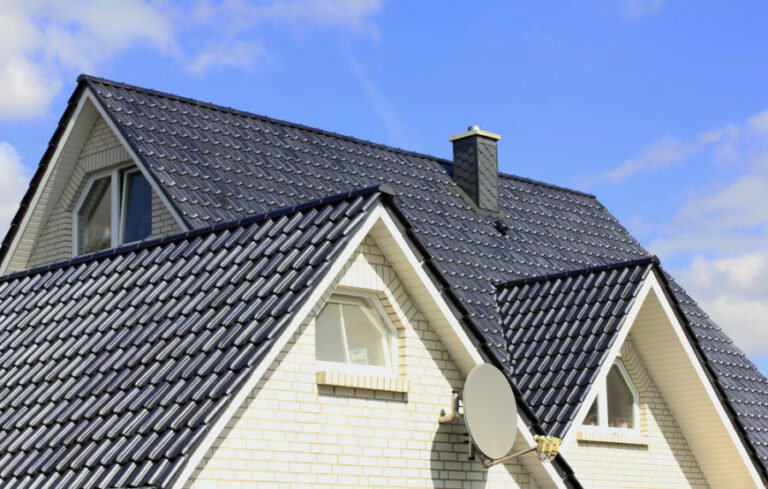
The lower slope of a mansard roof is much steeper than the upper. Mansard RoofĪ mansard roof, also known as a curb or french roof, is a four-sided roof with a double slope on each side that meets and forms a low-pitched roof. We recommend roofing materials like wood, asphalt, or slate shingles, but metal roofing is also a great choice (and requires less maintenance!). Waterproofing the ridges is critical if you’re building a new gambrel roof. The open design is beautiful but may cause the roof to collapse under extreme pressure. Gambrel roofs aren’t ideal for areas with high snowfall or wind. Since gambrel roofs only have two roof beams, they require less material and help keep construction costs down. Gambrel roofs have a simple design which makes replacing the roof relatively simple. The lower slope is steeper, and the upper slope is positioned at a shallow angle. barn roof or dutch roof) is a two-sided symmetrical roof with two slopes on each side. Proper construction and roof maintenance on this type of roof will help prevent minor issues from turning into significant problems. Its design is more complex and often requires more material. Hip roofs usually cost more to replace than a simple gable roof, given the additional complexity. They are excellent for shedding water, snow, and withstanding high winds. These roofs are generally more stable than a standard gable roof since they have an inward slope on all four sides. Typically the sides are of equal length and come together to form the ridge. Hip RoofĪ hip roof has slopes on all four sides. There are sub-types of gable roofing, such as a crossed gable, where two gable sections are put together at right angles. Depending on how much weight the framing of the home can safely bear, you can replace the roofing material of a gable roof with asphalt shingles, cedar shakes, metal, clay, or concrete tiles. Gable roofs can be problematic in high-wind and hurricane areas if the frames are not properly constructed and adequately supported. Their inherently simple design makes them easy to build or re-roof. They’re efficient at shedding water or snow, and they provide more space for the attic or vaulted ceilings. They are easy to recognize as the roof will form two sides of a triangle when viewed from the side. Gable roofs are one of the most popular roof types in the United States. It’s a massive factor in both area and line measurements and, if miscalculated, can cost you in supply overages, shortages, and even labor rates! Now that we have a general understanding, we’ll dive into specific examples of roof pitch types.

If you’re in the process of filing a roof insurance claim, the pitch of your roof plays a role in the pricing they approve for roof replacements.

If you’re in the process of building a home, the type of roof plays a pivotal role in defining the overall look and style of a house. There are many different pitched roof types, including gable roofs, hip roofs, gambrel roofs, dome roofs, and mansard roofs. A “walkable roof” is generally defined as having a roof pitch of 7/12 or below. The most common roof pitch on residential homes falls between 4/12 and 9/12. The pitch of a roof is its vertical rise divided by its horizontal span and is a measure of roof steepness.

So, let’s dig into our list of roof shapes!Ī pitched roof has a sloping surface or surfaces, and its angle is typically more than 20 degrees. The pitch of a roof is a significant factor when you’re receiving estimates from local roofing companies, you should be familiar with the pitch of your roof, and the requirements working at that pitch may entail. These questions are common for residential homeowners looking to repair their roof leaks.


 0 kommentar(er)
0 kommentar(er)
